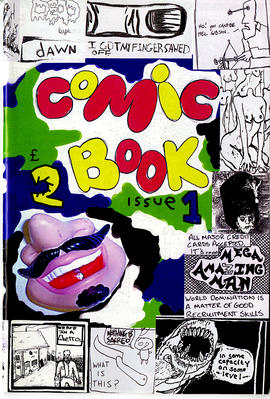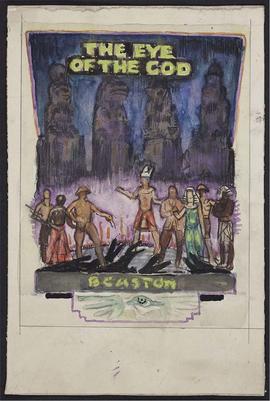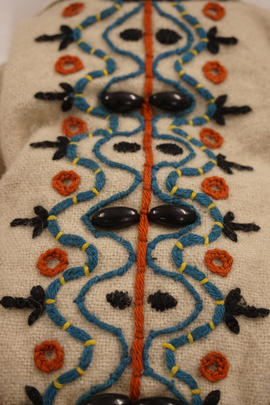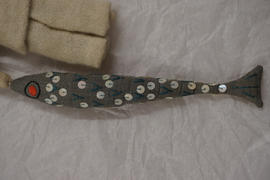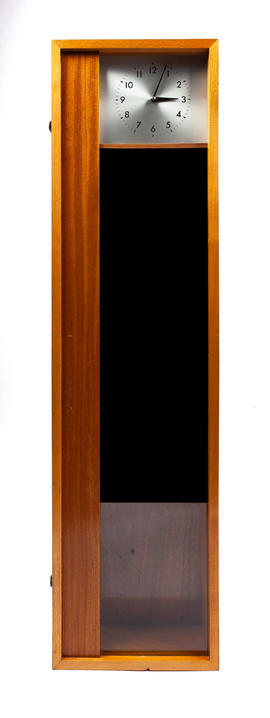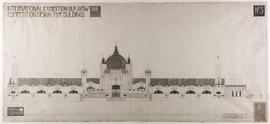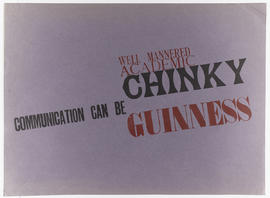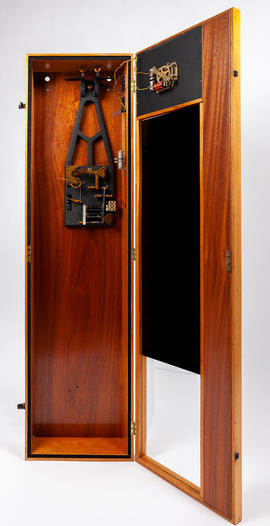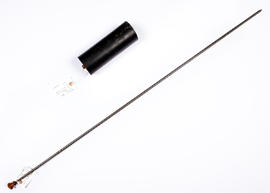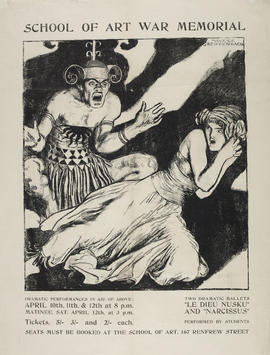Wall clock for Glasgow School of Art
- MC/F/79A
- Item
- 1910
One of a series of electric slave clocks located through the Glasgow School of Art and run from a central 'master' clock. Installed in the new Mackintosh Furniture Gallery following restoration in 2013. This item was assessed for conversation in 2010 as part of the Mackintosh Conservation and Access project (2006-2010), and then again in 2018 following the fire in the Mackintosh Building in June 2018.
Mackintosh, Charles Rennie




